Assuming that all your conditions are represented as BIT columns, you can have a constraint with the format:
alter table [table_name] add constraint [constraint_name]
check ( ( a ^ b ^ c ) = 1 AND NOT ( a & b & c ) = 1 )
Doing this, you can also then use the same conditions in a case statement, like:
select a, b, c,
case when (( a ^ b ^ c ) = 1 AND NOT ( a & b & c ) = 1) then 1
else 0 end
as true_or_false
from [table_name]
Putting this together, we can demo it with a script like:
create table #bits (a bit, b bit, c bit)
create table #bits2 (a bit, b bit, c bit)
alter table #bits2 add constraint ck_xor
check ( ( a ^ b ^ c ) = 1 AND NOT ( a & b & c ) = 1 )
insert into #bits
values
( 0, 0, 0 ), ( 0, 0, 1 ), ( 0, 1, 0 ), ( 0, 1, 1 ), ( 1, 0, 0 ), ( 1, 0, 1 ), ( 1, 1, 0 ), ( 1, 1, 1 )
select a, b, c,
case when ( a ^ b ^ c ) = 1 AND NOT ( a & b & c ) = 1 then 1
else 0 end
as true_or_false
from #bits
insert into #bits2
select * from #bits
where ( a ^ b ^ c ) = 1 AND NOT ( a & b & c ) = 1
-- the below line will fail because of the check constraint
insert into #bits2 (a,b,c) values (1,1,0)
select * from #bits2
drop table #bits
drop table #bits2
